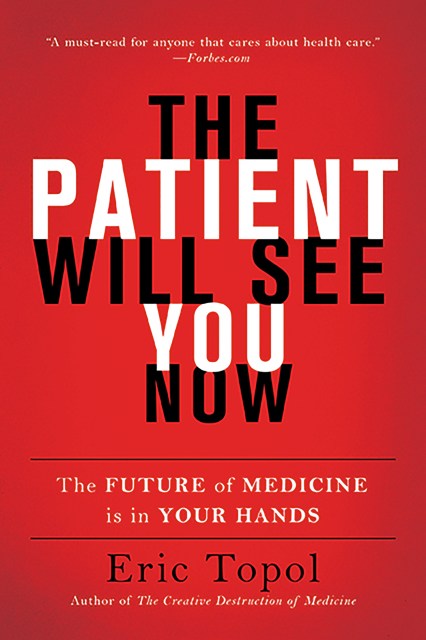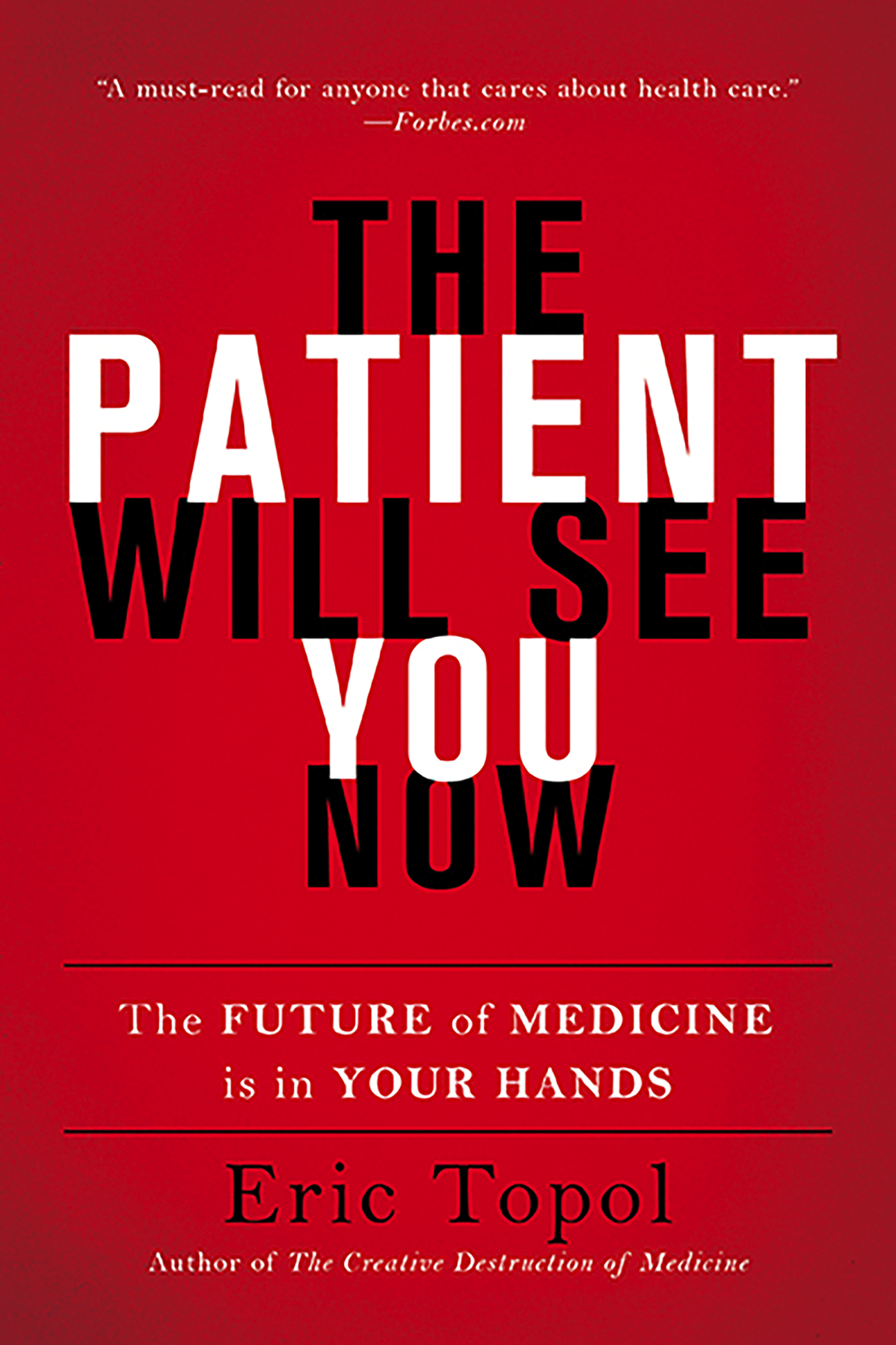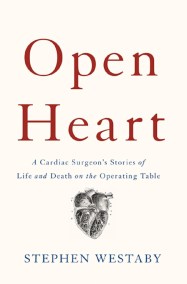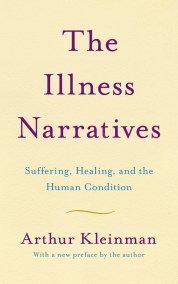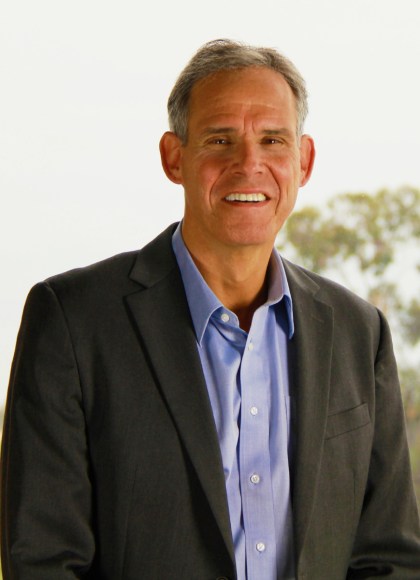Promotion
Use code MOM24 for 20% off site wide + free shipping over $45
The Patient Will See You Now
The Future of Medicine Is in Your Hands
Contributors
Formats and Prices
Price
$19.99Price
$24.99 CADFormat
Format:
- Trade Paperback $19.99 $24.99 CAD
- ebook $11.99 $15.99 CAD
This item is a preorder. Your payment method will be charged immediately, and the product is expected to ship on or around October 25, 2016. This date is subject to change due to shipping delays beyond our control.
Also available from:
A trip to the doctor is almost a guarantee of misery. You’ll make an appointment months in advance. You’ll probably wait for several hours until you hear “the doctor will see you now”-but only for fifteen minutes! Then you’ll wait even longer for lab tests, the results of which you’ll likely never see, unless they indicate further (and more invasive) tests, most of which will probably prove unnecessary (much like physicals themselves). And your bill will be astronomical.
In The Patient Will See You Now, Eric Topol, one of the nation’s top physicians, shows why medicine does not have to be that way. Instead, you could use your smartphone to get rapid test results from one drop of blood, monitor your vital signs both day and night, and use an artificially intelligent algorithm to receive a diagnosis without having to see a doctor, all at a small fraction of the cost imposed by our modern healthcare system.
The change is powered by what Topol calls medicine’s “Gutenberg moment.” Much as the printing press took learning out of the hands of a priestly class, the mobile internet is doing the same for medicine, giving us unprecedented control over our healthcare. With smartphones in hand, we are no longer beholden to an impersonal and paternalistic system in which “doctor knows best.” Medicine has been digitized, Topol argues; now it will be democratized. Computers will replace physicians for many diagnostic tasks, citizen science will give rise to citizen medicine, and enormous data sets will give us new means to attack conditions that have long been incurable. Massive, open, online medicine, where diagnostics are done by Facebook-like comparisons of medical profiles, will enable real-time, real-world research on massive populations. There’s no doubt the path forward will be complicated: the medical establishment will resist these changes, and digitized medicine inevitably raises serious issues surrounding privacy. Nevertheless, the result-better, cheaper, and more human health care-will be worth it.
Provocative and engrossing, The Patient Will See You Now is essential reading for anyone who thinks they deserve better health care. That is, for all of us.
Genre:
- On Sale
- Oct 25, 2016
- Page Count
- 384 pages
- Publisher
- Basic Books
- ISBN-13
- 9780465040025
Newsletter Signup
By clicking ‘Sign Up,’ I acknowledge that I have read and agree to Hachette Book Group’s Privacy Policy and Terms of Use
